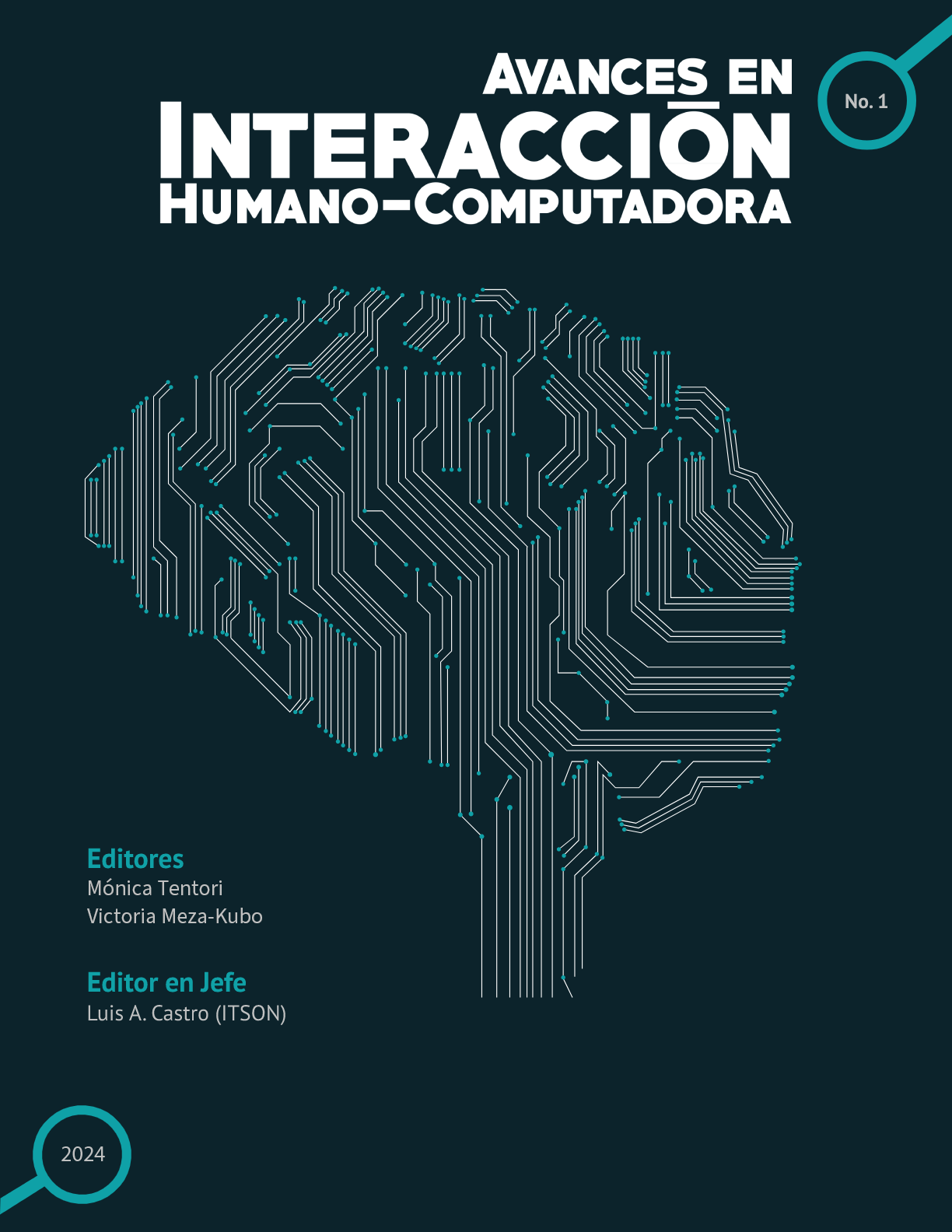From Transcription to Empathy
Employing Artificial Intelligence Tools in User-Centered Design for an Online Assessment Platform
DOI:
https://doi.org/10.47756/aihc.y9i1.155Keywords:
AI-Driven User Experience (UX) Design, Design Thinking, Educational Technology, Empathy Maps, Online Assessment, Usability TestingAbstract
This study examines the potential of Artificial Intelligence (AI) tools to facilitate User-Centered Design (UCD) in the development of an online assessment platform at a public university in Mexico. Employing the Design Thinking methodology, which incorporates surveys and usability tests during the empathy stage, the study identifies and addresses key usability issues affecting educators' interactions with the platform. These methods yielded comprehensive data on user experiences and challenges, facilitating a profound understanding of user needs and pain points. Subsequently, AI tools, including ChatGPT, were used to analyze this feedback and generate detailed Empathy and User Journey Maps, which revealed significant issues. The findings underscore the necessity for a more intuitive user interface and a reduction in cognitive load. In light of these findings, the study recommends a redesign of the navigation schema and interface with the objective of simplifying tasks and improving efficiency. The combination of Design Thinking with advanced AI technologies enables the effective tackling of complex usability challenges, creating a more efficient and inclusive digital assessment environment. This integration not only enhances the UCD process but also offers deeper insights into user experiences, which ultimately increases the likelihood of adoption and enhances educator satisfaction.
Downloads
References
Adikari, S., McDonald, C., & Campbell, J. (2013). Reframed Contexts: Design Thinking for Agile User Experience Design. In A. Marcus (Ed.), Design, User Experience, and Usability. Design Philosophy, Methods, and Tools (Vol. 8012, pp. 3-12). Springer Berlin Heidelberg. https://doi.org/10.1007/978-3-642-39229-0_1 DOI: https://doi.org/10.1007/978-3-642-39229-0_1
Asadi, A. R. (2023). LLMs in Design Thinking: Autoethnographic Insights and Design Implications. 2023 The 5th World Symposium on Software Engineering (WSSE), 55-60. https://doi.org/10.1145/3631991.3631999 DOI: https://doi.org/10.1145/3631991.3631999
Blattgerste, J., Behrends, J., & Pfeiffer, T. (2022). A Web-Based Analysis Toolkit for the System Usability Scale. Proceedings of the 15th International Conference on PErvasive Technologies Related to Assistive Environments, 237-246. https://doi.org/10.1145/3529190.3529216 DOI: https://doi.org/10.1145/3529190.3529216
Coordinación de Planeación y Desarrollo Institucional (CPDI). (2024). Numeralia Institucional 2023. Universidad de Colima. https://portal.ucol.mx/cpdi/numeralia.htm
Corbin, J. & Strauss, A. (2015). Basics of Qualitative Research: Techniques and Procedures for Developing Grounded Theory (4th ed.). SAGE Publications.
Dirección General de Recursos Educativos Digitales (DGRED). (2023). Informe de labores 2023. Universidad de Colima. https://portal.ucol.mx/dgred/informe.htm
Fajardo-Flores, S., Gaytan-Lugo, L., Santana-Mancilla, P., & Rodriguez-Ortiz, M. (2021). Accessibility Assessment for Online Education Tools: Towards Accessible Principles for a Mexican University. EAI Endorsed Transactions on E-Learning. https://doi.org/10.4108/eai.17-2-2021.168720 DOI: https://doi.org/10.4108/eai.17-2-2021.168720
Faulkner, L. (2003). Beyond the five-user assumption: Benefits of increased sample sizes in usability testing. Behavior Research Methods, Instruments, & Computers, 35(3), 379-383. https://doi.org/10.3758/BF03195514 DOI: https://doi.org/10.3758/BF03195514
Fischer, H., Dres, M., & Seidenstricker, S. (2023). Application of ChatGPT in Design Thinking. AHFE 2023 Hawaii Edition. https://doi.org/10.54941/ahfe1004312 DOI: https://doi.org/10.54941/ahfe1004312
Fisher, N. I., & Kordupleski, R. E. (2018). Good and bad market research: A critical review of Net Promoter Score. Applied Stochastic Models in Business and Industry, 35(1), 138-151. https://doi.org/10.1002/asmb.2417 DOI: https://doi.org/10.1002/asmb.2417
Hillner, M., & Lim, S. (2018). Design thinking—Towards a new perspective. https://doi.org/10.13140/RG.2.2.34625.04967
Hicks, M.T., Humphries, J. & Slater, J. (2024). ChatGPT is bullshit. Ethics Inf Technol, 26(38). https://doi.org/10.1007/s10676-024-09775-5 DOI: https://doi.org/10.1007/s10676-024-09775-5
Krippendorff, K. (2018). Content Analysis: An Introduction to Its Methodology (4th ed.). Sage Publications. DOI: https://doi.org/10.4135/9781071878781
Mortazavi, A., Andersson, T., Jankauskas, T., & Wever, R. (2023). Enhancing User Experience Design workflow with Artificial Intelligence tools [Master’s thesis]. Linköping University.
Sauro, J. (2012, January 3). Predicting Net Promoter Scores from System Usability Scale Scores. MeasuringU–UX Research and Software. https://measuringu.com/nps-sus/
Silverman, D. (2011). Interpreting Qualitative Data (4th ed.). Sage Publications. Tullis, T. S., & Stetson, J. N. (2006). A Comparison of Questionnaires for Assessing Website Usability.
Tullis, T. S., & Stetson, J. N. (2006). A Comparison of Questionnaires for Assessing Website Usability.
Downloads
Published
How to Cite
Issue
Section
License

This work is licensed under a Creative Commons Attribution-NonCommercial-NoDerivatives 4.0 International License.
AMexIHC make every effort to ensure the accuracy and rigour of all the information (the "Content") contained in out publications. However, AMexIHC and our representatives make no representations or warranties whatsoever as to the accuracy, completeness, or suitability for any purpose of the Content. Any opinions and views expressed in this publication are the opinions and views of the authors, and are not the views of or endorsed by AMexIHC. The accuracy of the Content should not be relied upon and should be independently verified with primary sources of information.





